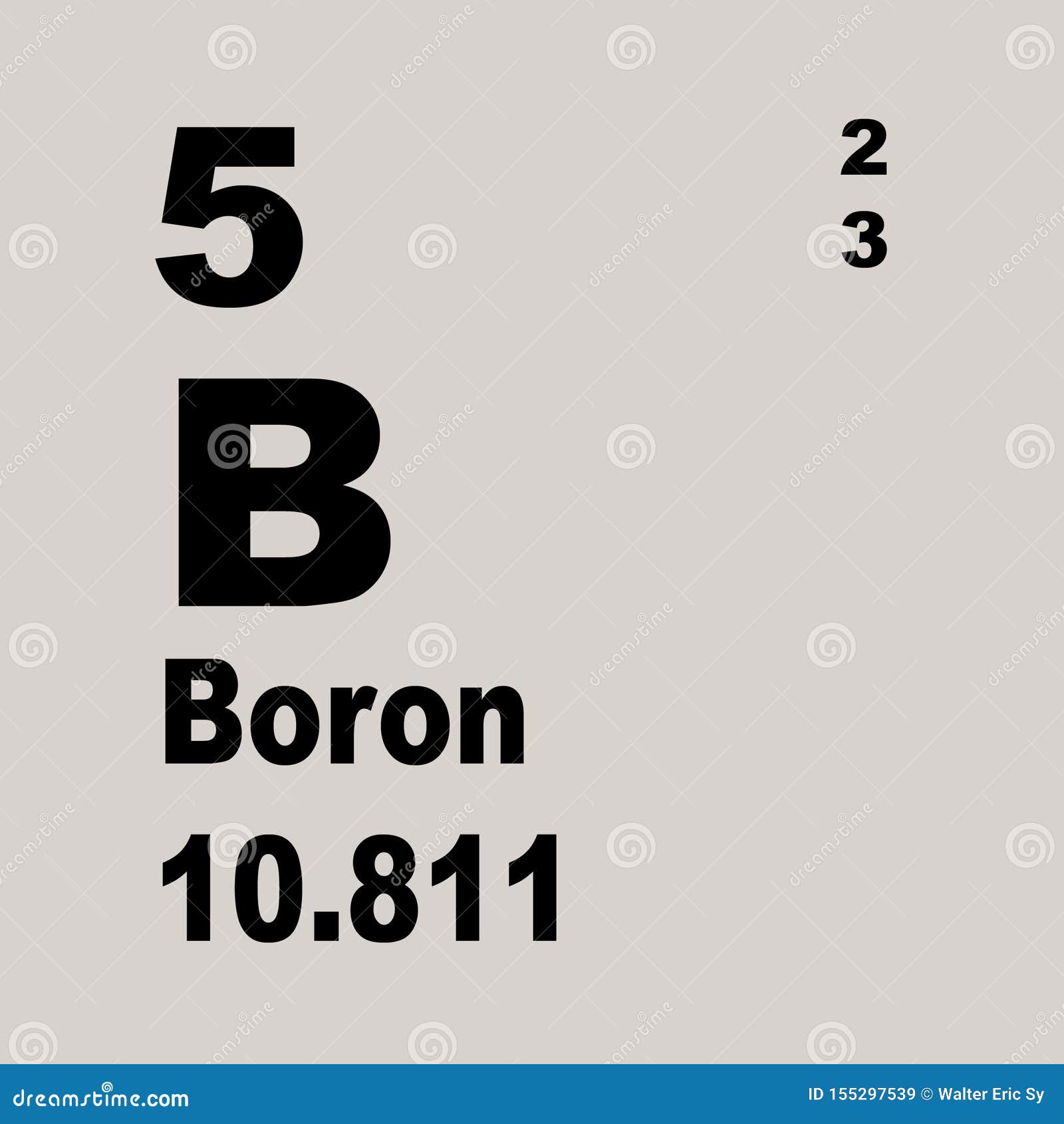
Since the average atomic mass of boron is near to the atomic mass of boron $ - 11 $ isotope we can also predict that boron $ - 11 $ has greater abundance in nature. Boron-11 B CID 10125044 - structure, chemical names, physical and chemical properties, classification, patents, literature, biological activities, safety/hazards. en Boron has two stable isotopes namely 10B and 11B with natural abundance of 19.9 and 80.1 respectively. mixture of two stable isotopesboron-10 (19.9 percent) and boron-11 (80.1 percent) slight variations in this proportion produce a range of 0.003 in the atomic weight. The atomic number of boron is five and it contains three valence electrons. Outside the nuclear industry both Boron isotopes are used as food label to study boron metabolism.


The atomic mass is measured in atomic mass per unit which is represented as $ amu $. Thus it shows that boron $ - 11 $ has greater abundance in the average atomic mass of boron. Thus we are also given the average atomic mass of boron as $ 10.81amu $. AFTER an extensive investigation, we conclude that a boron-11/boron-10 ratio of 4.00 (that is, 80/20) approaches the true natural abundance ratio much more. Isotopes are those elements which have the same atomic number but different mass number. We are given two isotopes of boron which are, boron $ - 10 $ and boron $ - 11 $. Boron (5 B) naturally occurs as isotopes 10 B and 11 B, the latter of which makes up about 80 of natural boron. We will find the composition of each isotope by calculating average mass.

The isotope having greater percentage of composition that isotope is more abundant. Hint: Since it is given the isotopes of boron, thus we can find the percentage composition of each isotope by using the average atomic mass of the boron.


 0 kommentar(er)
0 kommentar(er)
